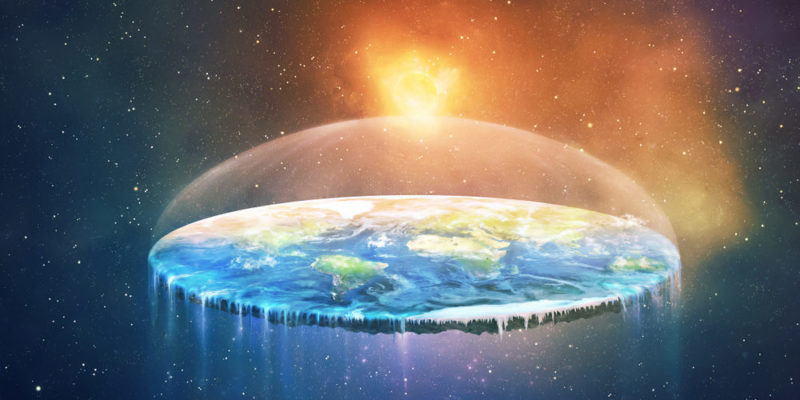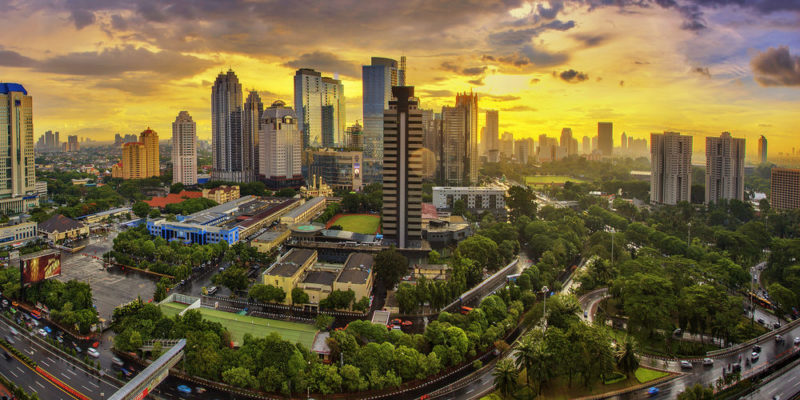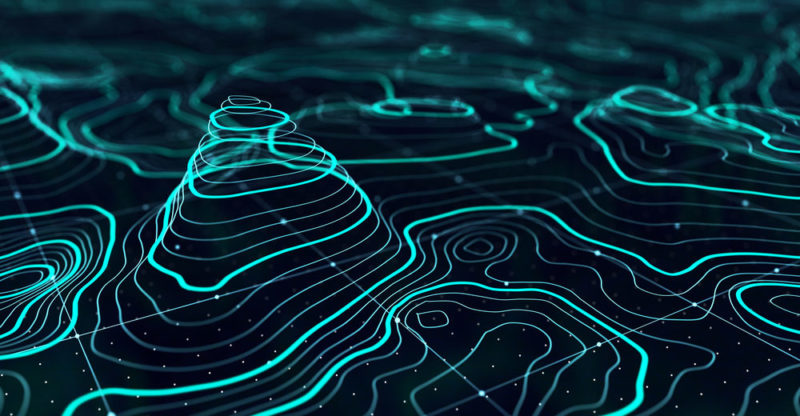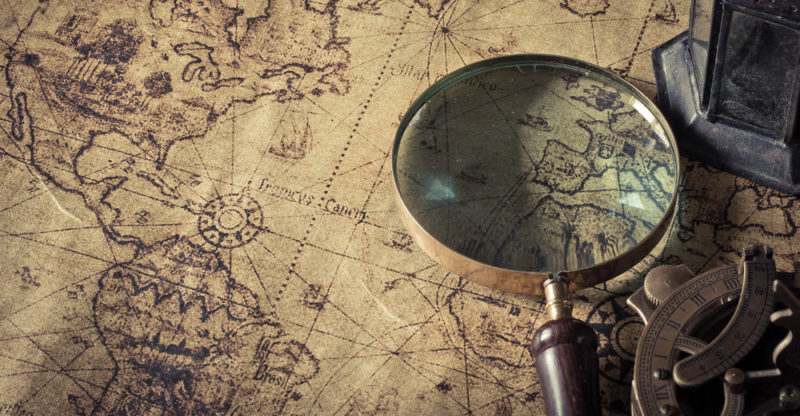We explain what geography is and the branches into which this science is divided. Also, what are its characteristics and various studies.
What is geography?
Geography is the science that is responsible for studying the different elements of the earth's surface. The term " geography " means a description of the Earth.
Geography is the study not only of the elements of the Earth's surface but also of the relationship of human beings with these elements. In other words, the study of geography is not only limited to addressing the different climates, relief, soil, hydrography, flora, and fauna, but also the relationship of these elements with the human being and their intentional or accidental modifications.
Geography, in turn, is divided into several branches: general geography, regional geography, human geography, among others. In summary, it could be said that geography is an integrative science that contains several areas of study in relation to planet Earth.
It is a fairly changing and modifiable science, so it requires constant research by geographers, who are the ones who carry out the study of said science.
Geography characteristics :
History of your study
 Geography is one of the oldest sciences in which man has specialized. Since ancient times such as the Babylonian or Egyptian civilizations, man has made annotations to understand and be able to put on a map the different reliefs, climates, flora, fauna, etc. corresponding to the different sites that surrounded them.
Geography is one of the oldest sciences in which man has specialized. Since ancient times such as the Babylonian or Egyptian civilizations, man has made annotations to understand and be able to put on a map the different reliefs, climates, flora, fauna, etc. corresponding to the different sites that surrounded them.Thus, plans of the Middle Ages can be obtained where they erroneously affirmed that the Earth was flat and was supported by a giant tortoise. This theory was later discarded after affirming that the Earth is round, although it certainly is not, but that it is geoid but the latter was discovered later.
There are two great moments in history in terms of the evolution of the study of geography:
- The first moment is called premodern that was born in the Greek civilization. In this first period, the word geography was named for the first time by Eratosthenes who was a Greek mathematician, geographer, and astronomer who lived between 276 - 194 BC However, the father of history and founder of geography as a science was the Greek Herodotus.
- Then a second modern moment can be distinguished in the 19th century, where the measuring elements became more sophisticated.
General geography
 This geography is also called systematic geography. It is the one that studies geography globally or as a whole. This type of geography is responsible for the study of physical phenomena trying to determine the universal physical laws for all the elements that are its object of study.
This geography is also called systematic geography. It is the one that studies geography globally or as a whole. This type of geography is responsible for the study of physical phenomena trying to determine the universal physical laws for all the elements that are its object of study.
Regional geography
Regional geography is responsible for the study of the regions that make up the earth's surface. Thus, this geography takes into account the different reliefs, precipitations, climates, climatic changes, environmental modifications produced accidentally as well as intentionally either by natural phenomena or by the action of man.
Human geography
 There is a type of geography that is responsible for the study of populations and their demographic evolution, as well as the modifications that it makes in the environment, altering nature for its dominance or benefit. This type of geography is known as human geography.
There is a type of geography that is responsible for the study of populations and their demographic evolution, as well as the modifications that it makes in the environment, altering nature for its dominance or benefit. This type of geography is known as human geography.
Physical or natural geography
Physical geography is responsible for studying the distribution of physical and biological phenomena. At the same time, it studies the causes of a grouping of phenomena, their connections, and their different consequences.
Geographical methods
 As it is a science that studies the place where human beings live and its relationship with the environment that surrounds it, the different branches of geography are related to each other. Therefore, there is a geographic method that geographers have established as a research method. It consists of five steps or stages:
As it is a science that studies the place where human beings live and its relationship with the environment that surrounds it, the different branches of geography are related to each other. Therefore, there is a geographic method that geographers have established as a research method. It consists of five steps or stages:
- Location of the phenomena. Geography is in charge of finding different phenomena; climatic, accidental, produced, etc. Without this prior location, a subsequent geographic study could not be carried out.
- Description and explanation. The description and explanation refer to the need to analyze, interpret and respond to the phenomena that have previously been observed.
- Comparison of similar phenomena. Faced with certain observations that are similar to each other, the comparison can result in the establishment of physical or biological laws and then theorizing about something determined.
- Coordination. The next step establishes that geographic phenomena are interconnected with each other. Therefore, the alteration of one of these affects the rest of them in one way or another.
- Evolution. Since it is a science that contemplates the environment, it is constantly exposed to change.
Geographical phenomena
There are different phenomena that geography is responsible for studying, measuring, analyzing, classifying, etc. These phenomena are observable and measurable with different instruments that evolved as the progress of this science advanced. Some of the phenomena that geography studies are:
- Temperature
- Winds
- Atmospheric pressure
- Precipitation
- Flora
- Fauna
- Humidity
- Relief
- Cloudiness
Measurement tools
 The instruments used by geography depend on the type of phenomenon that constitutes the geographical object of study. For example;
The instruments used by geography depend on the type of phenomenon that constitutes the geographical object of study. For example;
- Temperature. To measure it, a thermometer or barometer is used.
- Winds Weather vanes, anemometers, and anemographs have been used.
- Atmospheric pressure. Use the barometer.
- Rainfall Use the rain gauge.
- Humidity. Use a hygrometer.
- Relief. The altimeter is used.
- Cloudiness Use a nephoscope.
Data collection
The data that geographers obtain can be first-hand. That is where;
- They are themselves with a research team, make the observations and mark the observable differences, turning the results obtained into reports so that they can later be used by others or;
- They can use censuses, statistical studies, photographs obtained by themselves or by third parties, and maps (modern or old for comparison).
Making maps
 After the steps described above, the data obtained is used to create a map. These maps, at first, were determined manually by simple and straightforward observation.
After the steps described above, the data obtained is used to create a map. These maps, at first, were determined manually by simple and straightforward observation.With the advancement of measurement methods and corresponding instruments, they have been carried out with the help of satellites that, located in the atmosphere, capture images and then process them and obtain fidelity with respect to the observed geographical object.
The above content published at Collaborative Research Group is for informational and educational purposes only and has been developed by referring to reliable sources and recommendations from technology experts. We do not have any contact with official entities nor do we intend to replace the information that they emit.
Katheryn is a corporate attorney and finance specialist, conducting research daily to get you closer to financial security and freedom (even if you're just getting started). Her +600 articles published in Collaborative Research Group have already helped thousands of readers on the internet. .
Leave a reply
Your email address will not be published. Required fields are marked *Recent post

Sport: What Is It, Types, Risks, Features, Characteristics and Examples

Dogs: Emergence, Features, Characteristics, Feeding and Breeds

Story: Definition, Elements, Structure, Features and Characteristics

